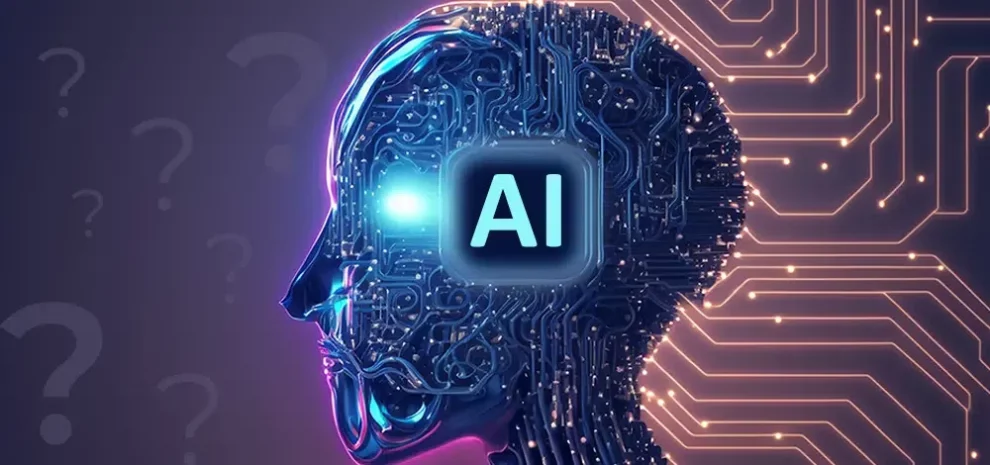Artificial Intelligence (AI) has undergone significant evolution since its inception. From early machine learning models to the latest breakthroughs in deep learning, AI continues to progress rapidly. In this comprehensive guide, we will explore the various types of AI and delve into specific AI models within each category.
1. Types of AI Based on Capabilities
a. Artificial Narrow AI (Weak AI)
Definition: Narrow AI, the only type of AI currently in existence, is designed to perform specific tasks, often surpassing human capabilities in those areas.
Characteristics:
- Trained for a single or narrow task.
- Requires human intervention for new tasks beyond initial training.
Examples: Siri, Amazon’s Alexa, IBM Watson, and OpenAI’s ChatGPT (which excels at text-based chat).
Use Cases:
- Natural language processing (NLP).
- Image recognition.
- Recommendation systems.
b. Artificial General Intelligence (Strong AI)
Definition: AGI, a theoretical concept, would possess human-like intelligence, enabling it to learn and perform any intellectual task without human intervention.
Characteristics:
- Can use previous learnings and skills to accomplish new tasks in different contexts.
- No need for human training.
- Currently nonexistent but remains an exciting area of research.
Use Cases (Hypothetical):
- Solving complex problems.
- Creative writing.
- Scientific discovery.
c. Super AI (Artificial Superintelligence)
Definition: Super AI surpasses AGI and is also theoretical. It would possess cognitive abilities beyond human capacity.
Characteristics:
- Thinks, reasons, learns, and makes judgments.
- Hypothetically capable of solving humanity’s most challenging problems.
- Currently resides in the realm of science fiction.
Use Cases (Purely Imaginary):
- Solving global crises.
- Understanding the mysteries of the universe.
2. Types of AI Based on Functionalities
a. Reactive Machines
Definition: Reactive machines have no memory and perform specific tasks based on predefined rules.
Characteristics:
- No learning capability.
- Designed for well-defined tasks.
Examples: Chess-playing programs, basic chatbots.
b. Limited Memory AI
Definition: These AI systems have limited memory and can learn from historical data.
Characteristics:
- Retains some context.
- Used in recommendation engines, fraud detection, and personalized content delivery.
c. Theory of Mind AI
Definition: Theoretical AI that can understand emotions, beliefs, and intentions of others.
Characteristics:
- Empathy and social understanding.
- Currently nonexistent but intriguing for human-AI interaction.
d. Self-aware AI
Definition: Imaginary AI that possesses self-awareness and consciousness.
Characteristics:
- Understands its own existence.
- Philosophical and speculative.
- Popular in science fiction.
In summary, AI is a captivating field with diverse applications. While Narrow AI dominates today, the pursuit of AGI and Super AI continues to captivate researchers and enthusiasts alike. As the field evolves, we may witness breakthroughs that redefine our understanding of intelligence.
Remember, the boundaries between these types are fluid, and AI terminology may vary across sources. But one thing is certain: AI’s journey is far from over, and its impact on our world will only grow.
















Add Comment